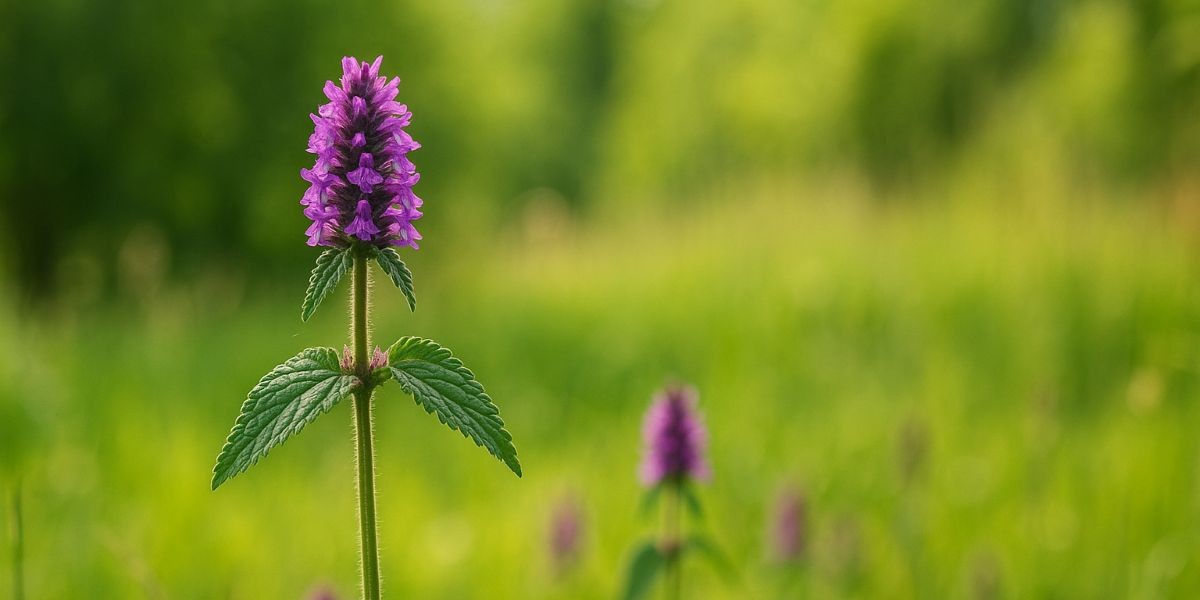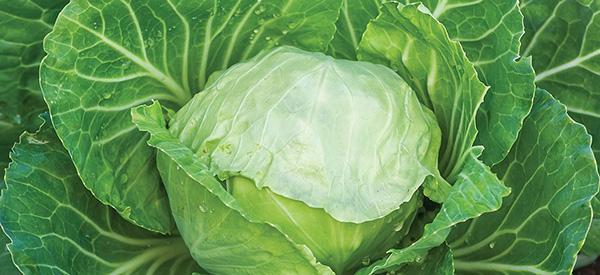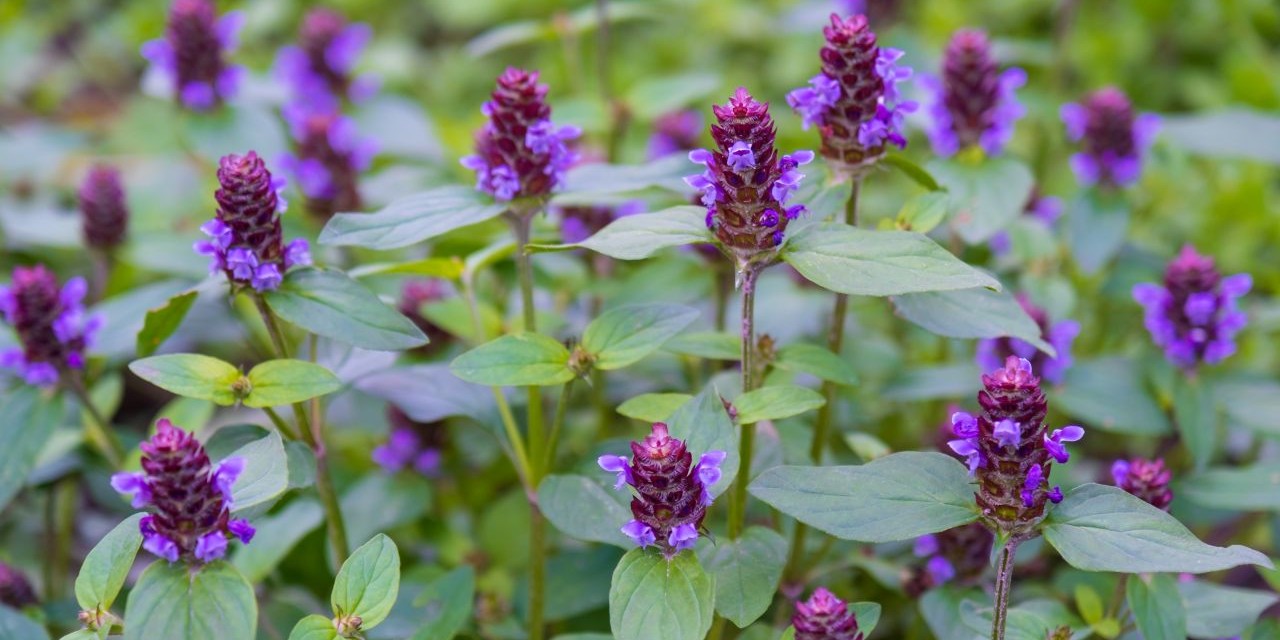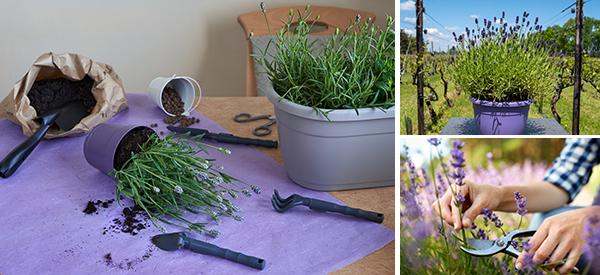
Betony
Betony is one of those quiet, dependable herbs that carried tremendous respect in traditional European folk medicine. Healers once said, “Sell your coat and buy betony,” not because it was rare, but because it was so useful. With its soft purple blooms and serrated leaves, betony grows modestly along woodland edges and meadows. Yet inside this humble plant is a long history of soothing headaches, easing nerves, supporting digestion, and restoring balance during stressful times.
Betony belongs to the mint family, though its scent is gentler and more grounded. It was valued not only as a remedy but also as a protective plant, hung in homes to encourage calm and ward off unwanted energies. Today, we look at betony more scientifically, but the old wisdom aligns surprisingly well with modern herbal knowledge. It is a plant that nurtures both the body and the spirit.
Benefits of Betony
Betony has a mild but reliable effect on the nervous system. It helps quiet tension headaches, especially those that arise from stress, tight shoulders, or overstimulation. Unlike stronger sedatives, betony works gently, encouraging relaxation without clouding the mind. This makes it excellent for daily use when you need steadiness and clarity.
The herb also supports digestion, especially when discomfort stems from nerves. Many traditional healers used betony to ease gut tension, mild cramps, and queasiness. Its subtle bitterness stimulates the digestive process, while its calming nature addresses the root of stress related digestive upset.
Additional benefits found in historical and herbal texts include:
• Support for restful sleep and nighttime relaxation
• Relief from minor muscle tension or jaw tightness
• Gentle circulation support that helps with head pressure
• Mild respiratory relief during seasonal discomfort
Betony stands out because it supports several interconnected systems at once. When your nerves are calm, digestion improves, and head and shoulder tension eases naturally. Betony seems to understand this connection instinctively.
Traditional Uses in Natural Medicine
Historically, betony was one of the most frequently prescribed herbs in medieval Europe. Herbalists used it for headaches, anxiety, sore throats, digestive issues, and to “clear the head.” It appeared in monastery gardens throughout Britain and the Mediterranean. Much of its reputation came from its versatility. If a person felt tense, overwhelmed, or physically tight, betony was often the first recommendation.
The leaves were dried for tea, infused into wine, or applied as a poultice to bruises and minor wounds. Betony’s astringent properties made it useful for gum health, mild bleeding, or sore gums. It was also placed in herbal pillows to promote peaceful sleep and vivid dreaming.
What makes betony especially charming is that it supported both physical well being and emotional resilience. It was considered the herb for “lifting heavy spirits” and restoring a sense of grounded calm.
How to Identify Betony
Betony grows in sunny edges, open woods, meadows, and grassy clearings. It stands upright, usually 1 to 2 feet tall, with square stems typical of the mint family. Its leaves are easily recognized: wrinkled, oval to lance shaped, with distinct serrated edges. They form a loose rosette at the base and pairs along the stem.
In summer, betony produces dense spikes of purple to magenta tubular flowers. These blooms attract bees and butterflies, making it a beautiful addition to any medicinal garden. When rubbed, the leaves give off a mild, pleasant herbal scent, less sharp than peppermint and more earthy.
A few features help differentiate it from similar plants:
• Flower spikes are tight and elongated, not loose or scattered
• Leaves are textured and crinkled, often compared to small quilted patterns
• Stems are square, straight, and unbranched until the flower spike
Knowing these traits makes it easy to recognize betony in the wild or in a cultivated patch.
Foraging Betony
Betony is not difficult to forage if you know where to look. Seek out partially shaded edges, places where woodland meets field. The plant thrives in well drained soil and often grows in groups. When foraging, always take only a small portion of leaves from each plant to ensure continued health and regrowth.
The best time to gather leaves is just before the plant blooms, when the foliage is at peak potency. Flowers can be harvested during full bloom. Spread the leaves on a screen or clean cloth to dry in a warm, shaded space. They retain their color well when dried properly.
As with all wild harvesting, be sure the area is free from pesticides, road runoff, or industrial contamination. Betony absorbs what surrounds it. Clean locations produce the best medicine.
Similar Plants and How to Tell Them Apart
| Plant | Similarities | Differences |
| Wood Betony (Pedicularis spp.) | Similar name and uses in folk medicine | Belongs to a different family and has softer, fernlike leaves |
| Lamb’s Ear (Stachys byzantina) | Same genus, upright flowering spikes | Leaves are velvety and silver, not green and wrinkled |
| Horehound (Marrubium vulgare) | Square stems, medicinal use | Leaves are fuzzier and more rounded with a bitterer scent |
Betony’s distinctive crinkled leaves and tightly packed purple flowers make it stand out once you learn its patterns.
How to Grow Betony
Betony is an easy, rewarding plant for medicinal gardens. It prefers well drained soil and full sun to partial shade. It is drought tolerant once established, though regular watering improves leaf development. Sow seeds in early spring or divide established plants in autumn.
Betony spreads gradually, forming tidy clumps that do not overwhelm nearby herbs. Its long blooming season brings beauty as well as medicine, and the flowers support local pollinators. Simply trim back spent blooms to encourage new growth.
One of the plant’s greatest advantages is its resilience. It handles poor soils, fluctuating temperatures, and periods of neglect, making it ideal for gardeners who want low maintenance herbs with high usefulness.
How to Use Betony
The most common preparation is a simple tea made from dried leaves and flowers. A warm cup in the evening eases tension, supports digestion, and promotes restful sleep. Betony can also be blended with chamomile, lemon balm, or mint for a balanced, soothing tonic.
For headaches, herbalists often pair betony with feverfew or rosemary. For digestive support, it combines well with gentler bitter herbs. The fresh leaves can also be added to poultices for minor bruises or strained muscles.
Because the herb is mild, it can be used regularly without overwhelming the system. It is one of those daily tonics that quietly supports wellness over time rather than delivering a quick, dramatic effect.
Final Thoughts
Betony is a gentle but powerful ally for those who appreciate botanical medicine. It brings calm where the mind is tense, ease where the stomach is tight, and clarity where the head feels heavy. Its long history in European herbalism speaks to its dependability and versatility.
For homesteaders, foragers, and herbal practitioners, betony remains a plant worth knowing and growing. It represents the best of traditional herbal medicine: simple, effective, and deeply connected to natural rhythms.
Rediscover the Remedies Our Ancestors Trusted
Betony is just one example of how powerful simple, time honored plants can be when used with intention. Our great grandparents relied on herbs like this not because they were trendy, but because they worked. They understood how to calm the nerves, soothe the stomach, protect the lungs, and heal the skin using nothing more than what grew around them.
If you want to build a deeper connection with traditional herbal knowledge, The Forgotten Home Apothecary is a wonderful guide. Inside, you will find remedies that rely on roots, leaves, and flowers that are often overlooked today, yet were once vital to keeping families healthy through every season. From poultices and teas to tinctures and balms, each recipe brings back techniques that stood the test of time.
If you are ready to bring these forgotten skills back into your home and reconnect with the kind of medicine that supported generations before us, The Forgotten Home Apothecary is a meaningful place to start.









